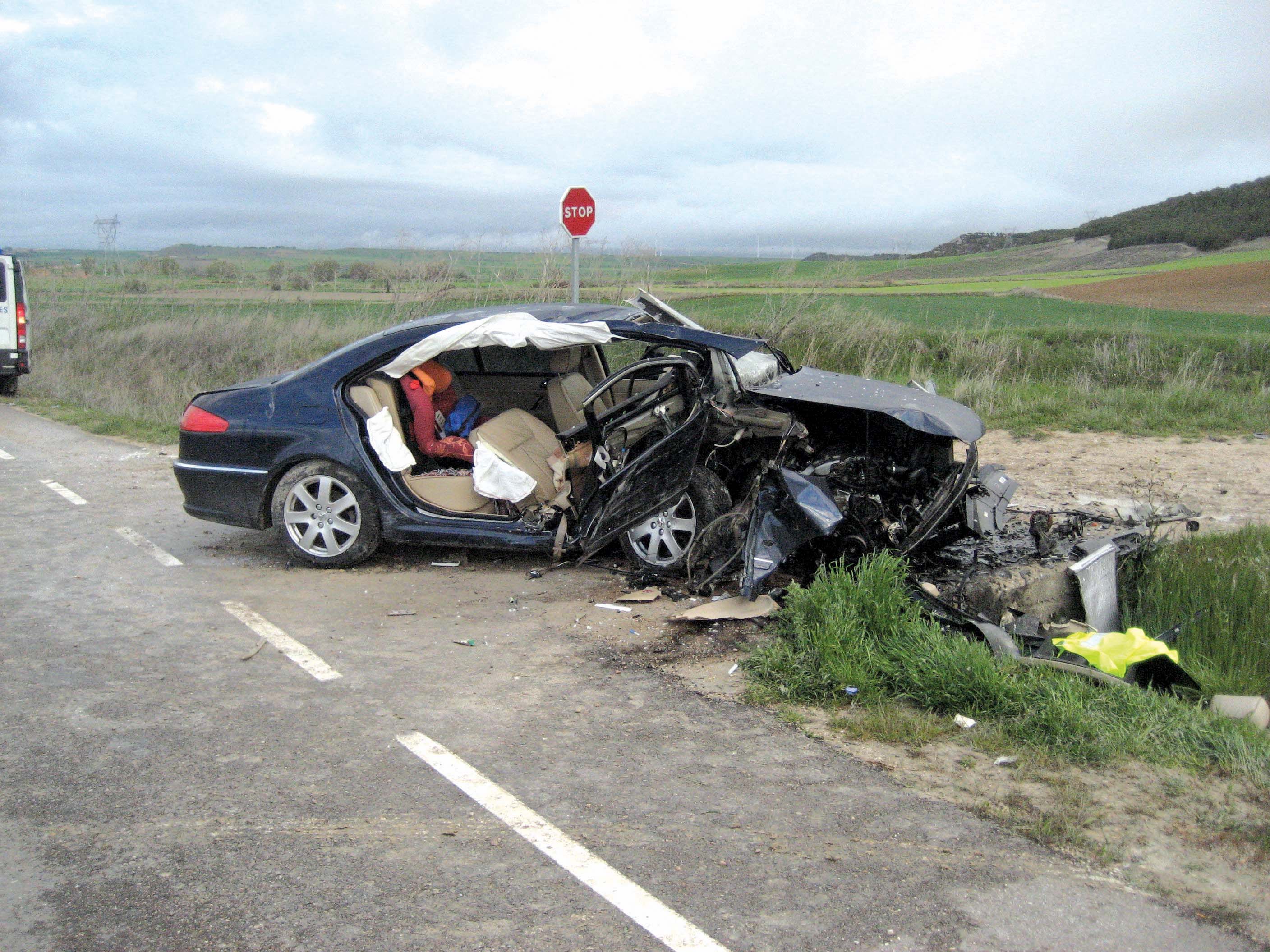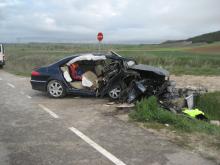
Improving road safety in the EU has resulted in a drop in the fatality rate. Official figures just released show that the number of people killed on Europe's roads fell by 8% in 2013. This follows on from the drop in fatalities of between 2011 and 2012 and Europe is on track to halve road deaths in the 2010-2020 period
Figures released by the European Commission provide grounds for optimism and Antonio Avenoso, executive director of the
Speeding is a primary factor in about one third of fatal collisions and an aggravating factor in all crashes. ETSC says one technology that could help, known as Intelligent Speed Assistance (
Passenger seat-belt reminders are another simple piece of technology that is currently optional but could save many lives if made mandatory, according to ETSC.
Avenoso commented, "The EU needs to help push advanced road safety features into the hands of the many, not the few. As long as they remain optional, take-up will remain limited. The Commission is currently reviewing the General Safety Regulation, this is an opportunity that must not be missed."
The European Commission has also announced that a strategic target for the reduction of road safety injuries is expected to be adopted in 2015. ETSC welcomed the move, which is long overdue. More than 300,000 people suffer serious injuries on Europe's roads every year - a target for cutting this number can help reduce the number dramatically as the existing road deaths target has done.
Drink-driving also remains a huge problem in Europe. One change the EU could make is to mandate a zero-tolerance blood alcohol (BAC) limit for the entire EU, rather than the current confusing patchwork of rules across member states according to ETSC. Meanwhile a more rigorous policy of enforcement of existing drink-driving rules and strong penalties for offenders would be particularly effective. It is worth noting that the UK, which has one of the highest legal limits for blood alcohol levels in the EU, also has one of the lowest rates of drink-driving and is amongst Europe’s safest roads. This is because drink-driving rules have been in force for many years, enforcement measures are comparatively strict and penalties for offenders are at the tougher end of the scale for Europe.
Some countries have a very poor record on road safety and the road death rate still remains high in Romania at 92 deaths/million inhabitants, in Poland at 87/million inhabitants and Croatia at 86/million inhabitants. The number of road deaths in Lithuania totalled 85/million inhabitants in 2013, but this is an improvement as in 2010 there were 103/million and a shocking 202/million in 2001. Road safety is also poor in Bulgaria at 82 deaths/million inhabitants, Greece at 81/million inhabitants and Belgium at 65/million inhabitants.
The EU average is 58 road deaths/million inhabitants and the lowest rates are seen in Sweden at 28/million, the UK at 29/million and Spain at 37/million. Germany and France are also under the average at 41 deaths/million and 50 deaths/million, respectively.
The disparity in road safety between Belgium and its neighbours France and Germany (as well as the Netherlands) is of particular note.
Slovakia is having major success in cutting road deaths according to the ETSC. The country has made the most progress in saving lives since an EU target to halve road deaths by 2020 was set four years ago. Official data shows that 26,025 people died as a result of road crashes in the EU in 2013, while 199,000 were seriously injured. Spain, Greece and Portugal also made progress in reducing the casualty rate, cutting road deaths by more than 30% over the same three-year period. And data from the Czech Transport Ministry shows that the country’s road death toll dropped by 12% for 2013 compared with the previous year. The number of fatalities on German roads fell to 3,339, a drop of 7.3% from 2012 while The UK’s Department for Transport (DfT) reveals that the road fatality rate for 2013 was the lowest since records began in 1926.
Finland, Serbia and Sweden only managed to reduce deaths by less than 5%, and in Estonia and Malta there were a few more deaths in 2013 than in 2010. It is worth noting though that Greece and Portugal for example previously had very high death rates, with tougher enforcement of drink-driving and speeding laws having had a dramatic effect. Finland, Malta and Sweden by contrast have good road safety records however, which must be noted.
Overall across the EU there is an issue with regard to vulnerable road users and the number of pedestrian victims is dropping more slowly than desired, while the number of cycling victims has actually increased, which provides cause for concern. The increase in the number of cyclists killed is partly due to the increase in popularity of cycling. Legislation on the weights and dimension of trucks is currently being negotiated by the EU and these heavy vehicles do pose a threat to vulnerable road users that has to be addressed. ETSC says that the safety elements of the proposals, enabling a safer front end design and increased visibility, are of key importance and must get the go-ahead as soon as possible.
The ETSC report also shows that progress on reducing the number of people seriously injured on Europe’s roads has not matched progress on cutting deaths. But EU-led efforts to harmonise the data classification and collection process across member states is opening the way to setting an EU target for cutting the numbers seriously injured. So ETSC is repeating its call for this target to be set at a cut of 35% between 2015 and 2020. That is challenging but should be achievable for EU member states, according to the ETSC. The European Commission is expected to come forward with wider proposals to tackle serious injury on the road next year.
- The 8th annual ETSC Road Safety Performance Index (PIN) report is based on analysis of official data overseen by a panel of 32 road safety experts from the EU28, as well as Norway, Switzerland, Serbia and Israel. For further information, and to download the report and background data tables, go to www.etsc.eu/pin.





